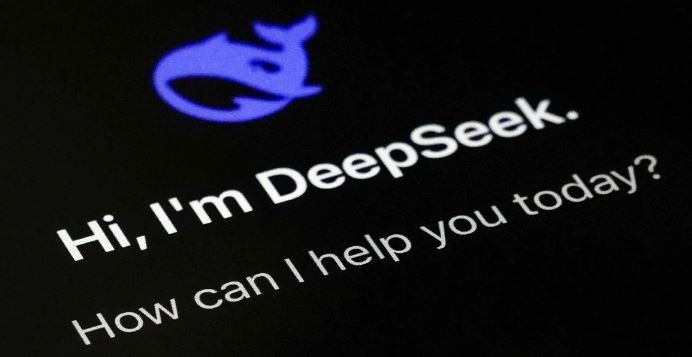DeepSeek, a Chinese artificial intelligence (AI) company founded in 2023, has quickly emerged as a groundbreaking force in the AI industry. The company’s open-source, low-cost AI models are sending shockwaves across the global market, challenging the established dominance of major U.S. companies such as OpenAI, Anthropic, and others. DeepSeek’s breakthrough models, including its V3 large language model and the recently launched R1 reasoning model, have not only sparked significant interest in AI research circles but have also triggered a shift in how the industry views AI development, resource utilization, and market competition. With DeepSeek’s innovative approaches to AI efficiency, the company is reshaping investor perceptions and influencing the strategic direction of the AI sector.
At the core of DeepSeek’s rapid rise is its ability to produce highly effective AI models at a fraction of the cost and computational resources compared to its competitors. The V3 model, for instance, was developed with a reported cost of around $5.58 million, a mere fraction of the cost of developing similar models such as OpenAI’s GPT-4, which reportedly cost over $100 million. DeepSeek’s use of only around 2,000 H800 GPUs, as opposed to the tens of thousands of the more powerful H100 chips used by other companies, is a testament to the company’s emphasis on efficiency. This approach has allowed DeepSeek to produce high-performing models that compete with some of the best in the industry while keeping costs low. The company’s ability to achieve such results has caused a significant shift in investor confidence, as the industry recalibrates its expectations of what is possible in terms of AI development. In particular, DeepSeek’s efficiency has significant implications for both AI researchers and the broader tech industry. For researchers, particularly those outside the realm of large tech corporations with access to immense computing resources, the company’s open-source release of its models under the MIT License has democratized access to advanced AI tools. This move is particularly important for academic institutions, independent researchers, and smaller organizations that have historically been limited in their ability to participate in AI research due to the prohibitive costs associated with training and deploying large AI models. By making its models freely available, DeepSeek has lowered the barriers to entry for a wide range of researchers, potentially spurring innovation across a broad spectrum of AI applications. The availability of efficient, open-source AI models also accelerates experimentation, allowing for the faster development of new techniques, applications, and ideas that could benefit industries ranging from healthcare to education to business. For investors, DeepSeek’s emergence has prompted a reevaluation of the AI sector’s competitive dynamics. Traditionally, AI development has been seen as a resource-intensive endeavor, with large companies like OpenAI and Google investing billions of dollars into their AI models, expecting significant returns in the form of commercial applications and industry leadership. However, DeepSeek’s success challenges this model by demonstrating that cutting-edge AI can be developed at a fraction of the cost, forcing investors to reconsider the financial viability and potential of AI companies. This shift in perception has been evident in the market, with major players in the tech industry, such as chipmaker NVIDIA, experiencing substantial losses. At the time of writing, NVIDIA has seen its market value drop by approximately $600 billion, largely in response to the growing recognition that companies like DeepSeek are changing the economic equation of AI development.
As the AI landscape continues to evolve, it will be fascinating to see how DeepSeek’s approach influences the future of AI research, development, and commercialization. While the full impact of DeepSeek’s innovations remains to be seen, it is clear that the company’s rise marks a pivotal moment in the ongoing evolution of artificial intelligence.




